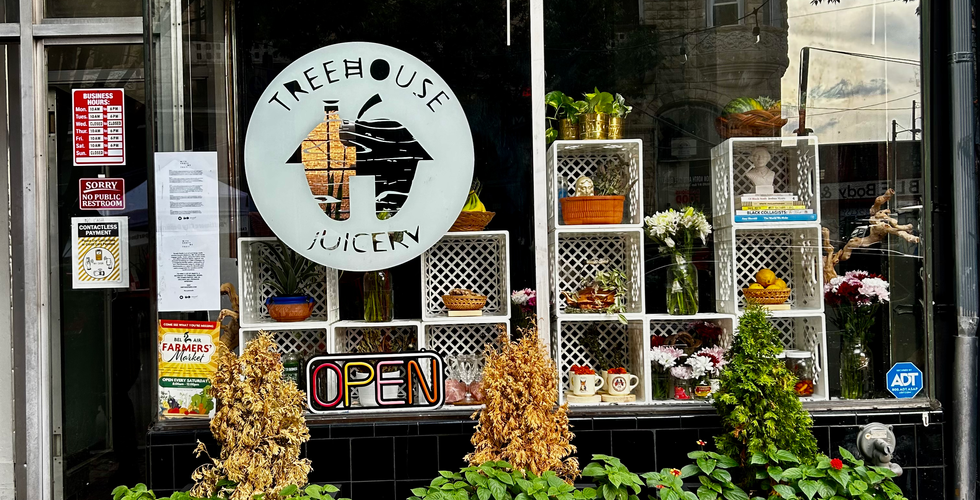Making Space As A Means Of Resistance | Suryah Studio
- Brian Suryah
- Apr 5
- 3 min read
Updated: Apr 7
(Photos Courtesy of Suryah Studio Archive)
Space-making is more than just a design principle or an artistic approach—it is a radical assertion of presence, autonomy, and possibility. Creating space becomes a form of resistance in a world that often dictates who belongs and who doesn't. Whether through art, community-building, or reclaiming physical land, space-making challenges oppressive structures by refusing to conform to the limitations imposed by dominant narratives. It allows individuals and collectives to imagine and enact alternative ways of being, fostering environments that nurture liberation, self-determination, and belonging.
Within my art practice and the work I present publicly through Suryah Studio, I am constantly engaged in a balancing act that merges abstraction, which invites expansive thinking, with a grounding literalism that keeps us tethered to the present world. This balance isn't fixed; it shifts and adapts in response to both internal reflections and external influences. I've come to see this fluidity as essential. The imperfections, the moments of transition, and the evolution of ideas are not flaws; they are the process itself, and they are precisely what make space-making meaningful.
For most of my career, my focus has been on two-dimensional work. Even during a brief and half-hearted pursuit of an associate degree in interior design, I struggled to see space-making as an artistic medium in the "real world." At the time, my understanding of art was still profoundly influenced by traditional, rigid definitions—primarily shaped by the uninspired, Eurocentric art education I had received. Yet, even as I pushed against those boundaries in my work, I didn't always recognize the full extent of what I was creating.
(Photos Courtesy of Made In Baltimore)
Looking back, I'm amazed at what I was able to produce despite having an inferiority complex about my place in the world. The disconnect between what I was taught art should be and what I was making was stark. It's a testament to how deeply ingrained these limiting structures can be and the power of unlearning them.
One of the most profound turning points in my relationship with space-making came during the pandemic. That period of isolation and upheaval forced me into a disconnection from my art practice, which was painful but necessary. It allowed me to dismantle old ideas, process trauma, and reimagine what my work could be. Through this experience, I gained a deeper appreciation for space-making's adaptive, fluid nature—not just as an artistic method but as a way of existing in the world.
During my senior year of high school, I toured the Art Institute of Philadelphia and was captivated by the Industrial Design studios. I was fascinated by the idea that everyday objects and designed spaces could profoundly shape our experience. That curiosity eventually expanded into a love for architecture, raising the question: Can objects and space feel like a painting?
As much as I believe art should exist in spaces that feel like home, I also think the space itself should be home—a home not just in the physical sense but in the sense of familiarity, care, and possibility. A space that nurtures people invites them to dream and offers new ways of being. Again, it is that delicate balance—creating spaces that ground us while expanding our imaginations.
(Photos Courtesy of Suryah Studio Archive)
Editor's Note: These photos in this piece are documentation from 3 space-making projects I completed in 2023. A window installation within 1821 N Charles Street, a former black-owned juice bar titled "With Roots, We Fruit" for Baltimore's Artscape Festival. A gathering and rest area designed for Made In Baltimore's Artscape Festival market that same year and a temporary retail activation for Made In Baltimore in Rashfield Pavillion at the Inner Harbor in downtown Baltimore City.






















Comments